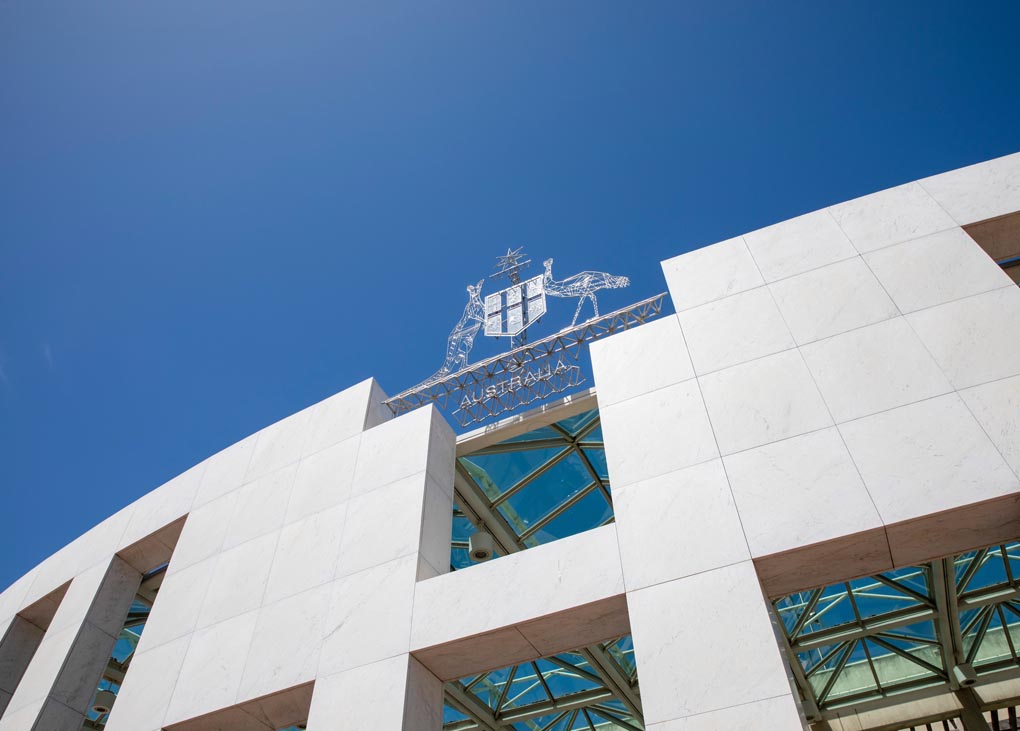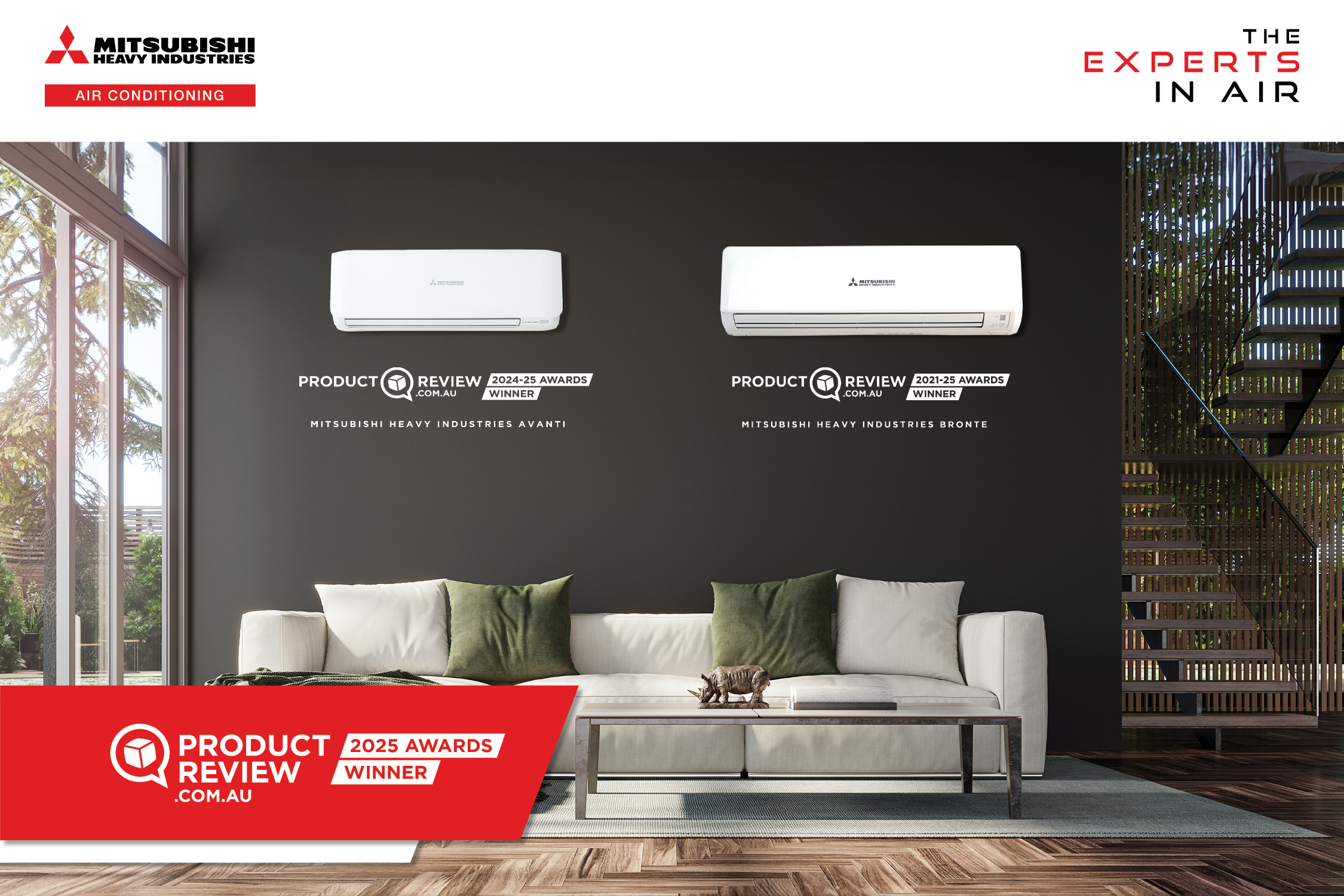The push for improving indoor air quality in Australia appears to be gaining traction. At recent industry conferences, within large Australian research projects, and this week at a roundtable event at Parliament House, leaders from a wide range of sectors are joining forces to advocate for action.
At AIRAH’s recent IAQ Conference held over two days in Brisbane, keynote speaker Professor Lidia Morawska from QUT outlined the key issues – and a way forward.
“We have the knowledge to act,” she said, “but we need a better regulatory framework.”
Prof. Morawska noted that there is no single national government authority responsible for IAQ – environmental as well as health legislation are at the discretion of the states and territories. Also, there are no performance standards for IAQ, only design and operational standards. And any assessments that have been conducted are treated as confidential because they were conducted by building owners.
On top of that, improving IAQ is considered by many to be too expensive, despite the economic costs of poor IAQ exceeding all other costs.
In terms of a solution, Prof. Morawska presented a roadmap previously laid out in her paper published in the Medical Journal of Australia.
Step one, she said, would be to establish a consistent national regulatory infrastructure for clean indoor air for all. This would see an interdisciplinary panel of experts develop a foundation for IAQ standards that could be legislated and enforced. The work is already under way.
This is in line with the recommendations of the parliamentary inquiry into long COVID report, published in April 2023. It recommended that the Australian government establish and fund a multidisciplinary advisory body including ventilation experts, architects, aerosol scientists, building code regulators and public health experts to lead the development of national indoor air quality standards for use in Australia.
But the report also highlighted the need for a cost-benefit analysis, comparing the cost of individual impacts with the cost of improvements. CSIRO estimated that the economic cost of poor indoor air quality amounted to $12 billion a year, but these numbers are from 1998, and an up-to-date analysis is needed. This work is also under way.
Prof. Morawska spoke about the need for cross-disciplinary collaboration on IAQ, and noted that this is taking place through the ARC-funded THRIVE program.
Perhaps most importantly, government appears to now be looking seriously at the steps required to improve IAQ in Australia. As noted above, one of the recommendations to come out of the parliamentary inquiry into long COVID relates specifically to ventilation. Also, last week, the government released Australia’s first wellbeing framework, to identify indicators of wellbeing that go beyond the traditional economic measures of GDP, employment and so on. Air quality is one of the indicators.
And this week, Dr Mike Freelander and Dr Helen Haines hosted a Clean Indoor Air Roundtable at Parliament House, where stakeholders from various disciplines – including HVAC&R – called for better indoor air quality. The event was attended by members of parliament from both sides of politics, suggesting that the issue is generating bi-partisan interest.
During her address at the IAQ Conference, Prof. Morawska was asked what lessons could be learned from the paradigm shift in public thinking and government policy that eventually led to regulation of clean drinking water in the 19th century – a process that took decades.
“What we are doing is not to have all this fixed next year or in three years’ time,” she said. “We are working for a much better society and buildings in 20 or 30 years – that’s our timescale. But in terms of public awareness, this is something we can build now. We should introduce air quality in general into schools, because that’s how kids learn and that’s how society stars understanding.”



Leave a Reply